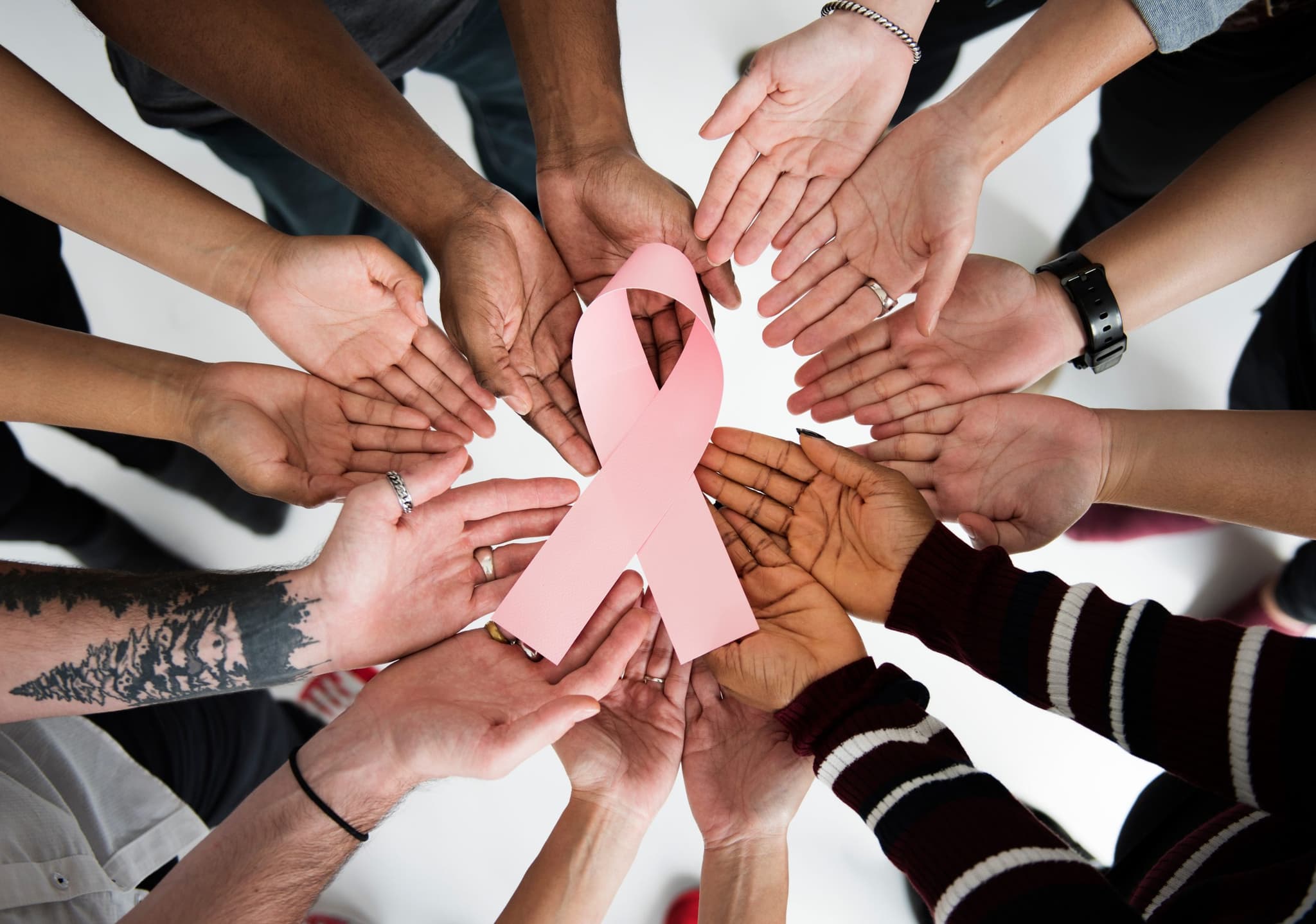
2025-11-21T14:10:25
How to Prevent Gestational Diabetes
- Family Medicine
- Internal Medicine
- OB/GYN
June 10, 2025 | Dermatology • Family Medicine • Internal Medicine • Orthopedics
Specialties:Dermatology • Family Medicine • Internal Medicine • Orthopedics

Skin grafts can be useful for serious cases like large burns or wounds that won’t heal on their own. But skin grafts aren’t always necessary and may drive up your medical costs. Read on to learn what skin grafts are, when they’re needed, and when other options might work just as well.
A skin graft is a type of surgery used to replace or repair damaged skin. In this procedure, a doctor takes healthy skin from one part of your body (the “donor site”) and moves it to cover an area where skin is missing or badly injured (the “recipient site”). This new skin helps protect the wound and supports healing. The transplanted skin does not bring its own blood supply; it relies on the wound bed to supply it with blood. Within a few days, tiny blood vessels from the recipient area will grow into the graft, helping it “take” and begin healing in its new location. If all goes well, the grafted skin will eventually heal in place and become a natural part of your own skin..
Skin grafts are typically used when a wound is too large or deep to heal on its own. You might need one if:
In these cases, adding new skin helps protect the wound, prevent infection, and speed up healing. But not every wound needs a graft – sometimes simpler options work just as well.
Some wounds can heal well with simple stitches, careful wound care, or techniques that use nearby skin instead of a graft. Other examples include Small or shallow wounds that may heal naturally, or skin cancer surgeries (like Mohs surgery) that can be done with stitches or local flaps.
These simpler methods can reduce pain, recovery time, and cost.
Like any surgery, skin grafts come with some risks:
Because of these risks, it’s important to talk with your doctor and determine if a skin graft is truly needed.
Skin grafts are helpful in the right cases, but they’re not the only option. Here are some alternatives your provider might suggest:
Dermatologists, plastic surgeons, and wound care specialists may all have slightly different ways to treat a wound. Some may recommend a graft, while others may be able to close it with a flap or stitches. It’s okay to ask if there are other options or to get a second opinion if you’re unsure.
Be proactive and involved in your care. If your doctor recommends a skin graft, ask questions and explore your options. Understanding why a graft is recommended and whether there are simpler alternatives helps you make the best decision for your health and your recovery.
Here are some good questions to ask your provider:
Having this kind of conversation makes sure you’re getting the care you need, not more than necessary.
Remember: your provider is your partner in healing. Don’t be afraid to ask questions, speak up, or even get a second opinion if you’re unsure. A good doctor will welcome the discussion.
In conclusion, skin grafts can be an important part of healing when other methods won’t work, but they’re not always necessary. By understanding what a skin graft is, when it’s necessary, and what alternatives are available, you can play an active role in your care. If your doctor suggests a graft, don’t hesitate to ask questions and explore other options. Healing should be safe, simple, and as cost-effective as possible. The more informed you are, the better choices you can make for your health.
Revere Health has several providers who offer wound care services that may be a less expensive, more effective alternative to skin grafts. They are:
Contact a Revere Health office today to discuss your options.

WRITTEN BY:
Shayliah Lassen
Shayliah is currently an intern at Revere Health focusing on Digital Marketing. With a Bachelor's of Science in Business Administration and Marketing from Western Governors University, she brings a solid foundation in digital marketing to her role as a Marketing Intern. Outside of work, Shayliah enjoys baking, playing pickleball, hitting the gym, and listening to new music. These interests reflect her vibrant and dynamic approach to both her personal and professional life.

2025-11-21T14:10:25

2025-11-03T11:32:24

2025-10-21T11:51:52

2025-08-20T16:07:59
This information is not intended to replace the advice of a medical professional. You should always consult your doctor before making decisions about your health.